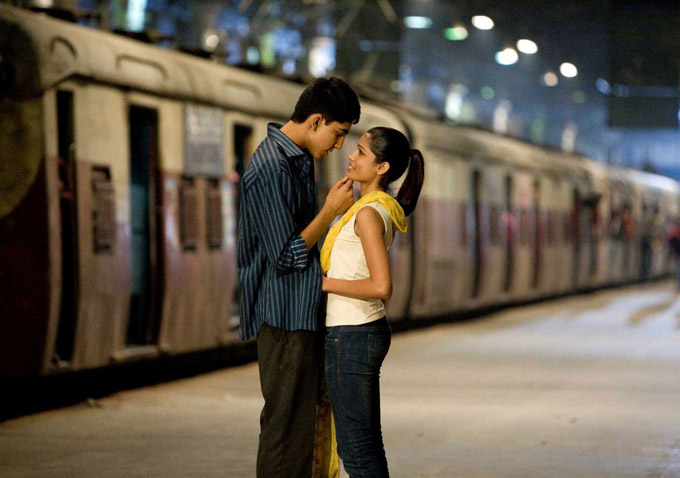By providing your information, you agree to our Terms of Use and our Privacy Policy. We use vendors that may also process your information to help provide our services. This site is protected by reCAPTCHA Enterprise and the Google Privacy Policy and Terms of Service apply.
The Films of Danny Boyle, Ranked Worst to Best
Max O'Connell


[ Editor’s Note: This post is presented in partnership with Time Warner Cable Movies On Demand in support of Indie Film Month. Today’s Throwback Thursday pick is Danny Boyle’s “Slumdog Millionaire,” which is now available On Demand.]
10. “A Life Less Ordinary” (1997)
9. “The Beach” (2000)
8. “Slumdog Millionaire” (2008)

7. “Millions” (2004)
6. “Trance” (2013)
5. “127 Hours” (2010)
At first glance, the eternally kinetic Boyle seems like an ill fit for a film about a guy trapped under a rock for 5 days and change. And sometimes Boyle’s style is a bit much, particularly whenever he whips the film out of the canyon and into flashbacks in order to bring us a predictable moral of how everybody needs somebody. But his choices are just as often inspired, like when he cuts rapidly from one angle to another in the canyon to simulate Aron Ralston’s frantic state of mind, the use of Bill Withers’s “Lovely Day” in a montage of people drinking energy drinks and sodas just as he’s running low on water, or his unflinching depiction of Ralston’s self-amputation. James Franco’s performance is among the actor’s best, particularly in a mock-interview scene that oscillates between goofy self-mocking and sincere regret. It’s not a rich film, but it’s often a gripping one.

4. “28 Days Later” (2002)
“28 Days Later” is Boyle’s first feature shot on digital and it came at a period where the format seemed incapable of not looking ugly. Working with Anthony Dod Mantle for the first time, Boyle made one of the few films in the early DV era to use that ugliness to its advantage (see also: “Dancer in the Dark”), capturing a post-apocalyptic London in all of its terrible glory. The film does feel a bit like an over-caffeinated mix of “Dawn of the Dead” and “Day of the Dead” (particularly in a finale that doesn’t totally work), but its unlikely mixture of primal fury and pleas for a humane society – even in a demolished, zombie-ridden world – makes for a thrilling and strangely moving film all the same.
3. “Shallow Grave” (1994)
2. “Sunshine” (2007)

1. “Trainspotting” (1996)
By providing your information, you agree to our Terms of Use and our Privacy Policy. We use vendors that may also process your information to help provide our services. This site is protected by reCAPTCHA Enterprise and the Google Privacy Policy and Terms of Service apply.

















